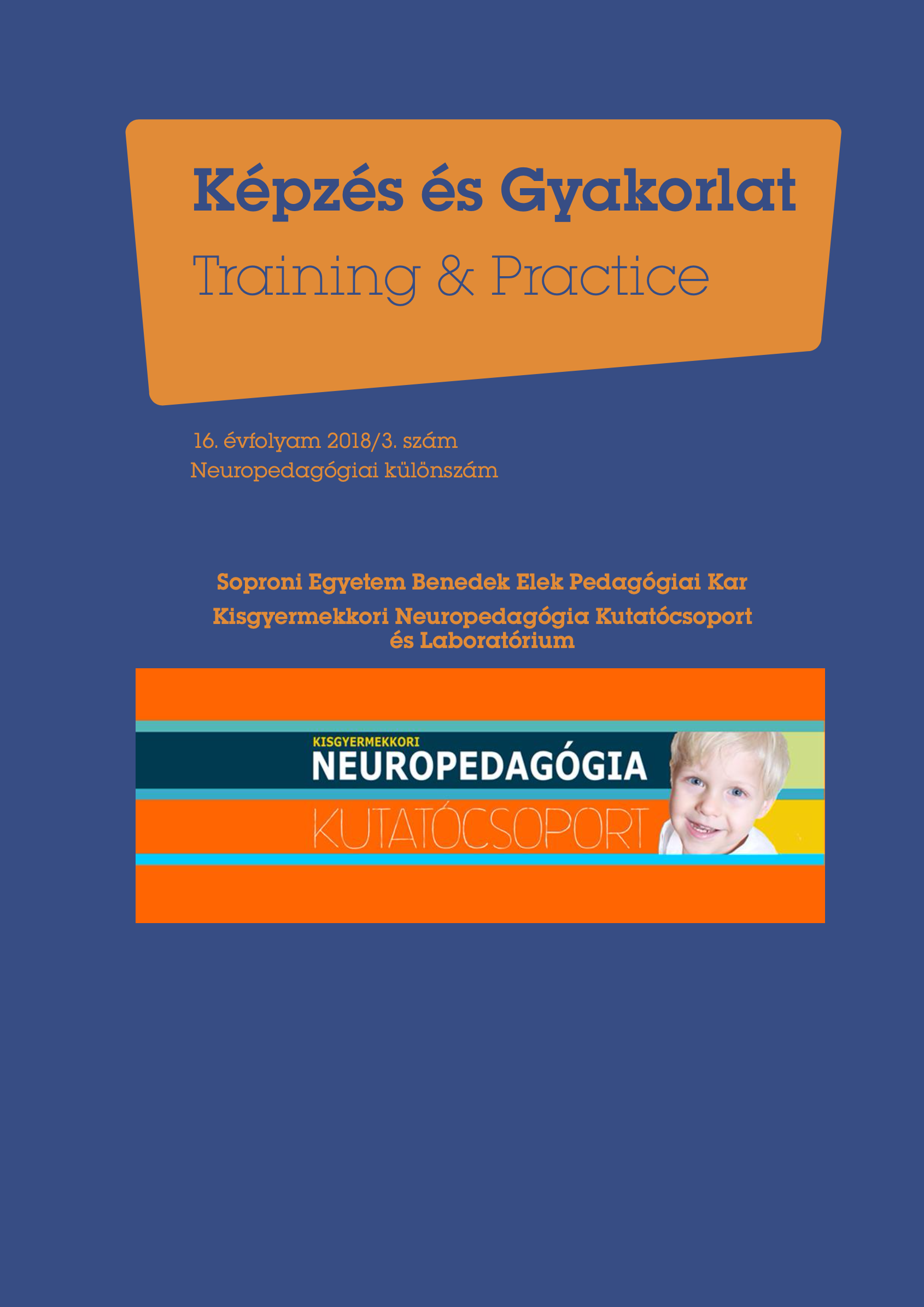Overview of EEG Research in Early Childhood Education: An International Perspective
DOI:
https://doi.org/10.17165/TP.2018.3.4Keywords:
portable EEG, neuropedagogy, Emotiv, early childhood, electroencephalogramAbstract
The aim of this article is to provide an understanding related to the basics of data collection with electroencephalogram (EEG) technology in the field of early childhood education. With today’s rise in lab research with EEG, the commercially available portable EEG machines are being used more readily. With them it is becoming cheaper and easier to conduct research and collect EEG recordings. A review of the literature allows for comparison between research grade EEG technology and portable EEG technology, revealing the validity of portable EEG research. The advantages and disadvantages of portable EEGs vs research grade EEG is reviewed in light of research with the population of young learners.
References
Barham, M.P., Clark, G.M., Hayden, M.J., Enticott, P.G., Conduit, R., Lum; J.A.G. (2017). Acquiring research-grade ERPs on a shoestring budget: A comparison of a modified Emotiv and commercial SynAmps EEG system. Psychophysiology. 54(9):1393-1404. DOI: https://doi.org/10.1111/psyp.12888
Bandura, A., Caprara, G.V., Barbaranelli, C., Gerbino, M., Pastorelli, C. (2003). Role of affective self-regulatory efficacy in diverse spheres of psychosocial functioning. Child Development. 74(3), 769-82. DOI: https://doi.org/10.1111/1467-8624.00567
Cernea, D., Kerrren, A., Ebert, A., (2011). Detecting insight and emotion in visualization applications with a commercial EEG headset. Evaluations of Graphics and Visualization - Efficiency; Usefulness; Accessibility; Usability. 65(8), 53-60.
Debener, S., Minow, F., Emkes, R.,Gandras, K., Vos, M. (2012). How about taking a low-cost, small and wireless EEG for a walk? Psychphysiology, 49(11), 1617-1621. DOI: https://doi.org/10.1111/j.1469-8986.2012.01471.x
Huang, J., Yu, C., Wang, Y., Zhao, Y., Liu, S., Mo, C., Liu, J., Zhang, L., Shi, Y. (2014). FOCUS: Enhancing children's engagement in reading by using contextual BCI training sessions. One of a CHild. Toronto, Canada. Session: Narratives and Storytelling. 1905-1908. [Retrieved from http://or.nsfc.gov.cn/bitstream/00001903-5/513781/1/1000019667779.pdf] DOI: https://doi.org/10.1145/2556288.2557339
Hutton, J.S., Phelan, K., Horowitz-Kraus, T., Dudley, J., Altaye, M., DeWitt, T., Holland, S.K. (2017). Shared reading quality and brain activation during story listening in preschool-age children. The Journal of Pediatrics. 191: 204-211. DOI: https://doi.org/10.1016/j.jpeds.2017.08.037
Kuber, R., Wright, F. (2013) Augmenting the Instant Messaging Experience Through the Use of Brain-Computer Interface and Gestural Technologies. International Journal of Human-Computer Interaction. 29(3). 178-191. DOI: https://doi.org/10.1080/10447318.2012.702635
Lee, P. J., Chin, S. W. (2014). Early childhood educator assistant with brain computer interface. International Conference on Software Intelligence Technologies and Applications & International Conference on Frontiers of Internet of Things 2014, Hsinchu, 52-57. DOI: https://doi.org/10.1049/cp.2014.1535 [Retrieved from https://ieeexplore.ieee.org/document/7284219/]
Rueda, M.R., Checa, P., Cómbita, L.M. (2012). Enhanced efficiency of the executive attention network after training in preschool children: immediate changes and effects after two months. Developmental Cognitive Neuroscience.15(2), 192-204. DOI: https://doi.org/10.1016/j.dcn.2011.09.004
Xu, J., Zhong, B. (2018). Review on portable EEG technology in educational research. Computers in Human Behavior, 81, 340-349. DOI: https://doi.org/10.1016/j.chb.2017.12.037
Downloads
Published
Issue
Section
License
Copyright (c) 2018 Mák Veronika, Szécsi Tünde, Varga László

This work is licensed under a Creative Commons Attribution-NonCommercial-NoDerivatives 4.0 International License.












